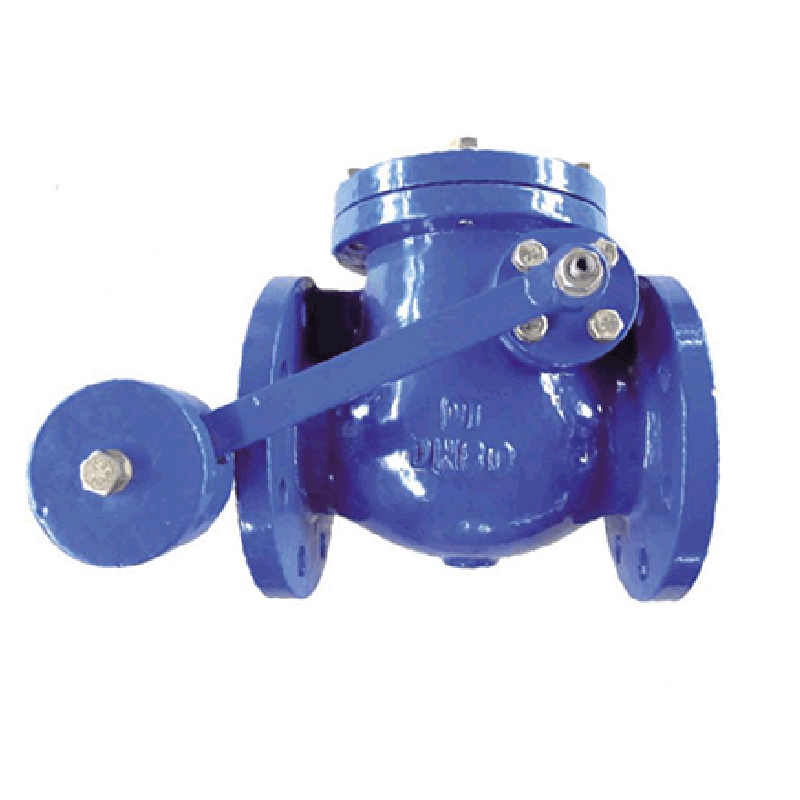Sep . 16, 2024 20:30 Back to list
Rising Stem Gate Valve - Reliable and Durable Solutions for Fluid Control
Understanding Rising Stem Gate Valves A Comprehensive Overview
In the realm of industrial piping systems, valves play a crucial role in regulating flow, controlling pressure, and ensuring safety. Among the various types of valves, the rising stem gate valve stands out for its functionality and reliability. This article delves into the design, operation, applications, and advantages of rising stem gate valves.
Design and Operation
A rising stem gate valve features a unique design characterized by a stem that rises or descends as the valve is opened or closed. It operates with a wedge-shaped gate that moves vertically to allow or block the flow of fluid. The operation is straightforward; when the handwheel or actuator is turned, the stem rises, lifting the gate from its seat and allowing fluid to pass through. Conversely, turning it the other way drives the stem down, forcing the gate back into its seat and sealing the flow.
One of the key benefits of the rising stem design is its visibility; as the valve opens, the position of the stem provides a clear indication of whether the valve is in an open or closed position. This feature is particularly advantageous in high-pressure applications or in environments where operators need immediate visual confirmation of valve status.
Applications
Rising stem gate valves are widely used across various industries, including water treatment, oil and gas, power generation, and chemical manufacturing. Their suitability for on/off service makes them ideal for systems where uninterrupted flow is essential. They are also commonly found in larger pipe systems that require tight sealing capabilities, especially in high-pressure and high-temperature applications.
rising stem gate valve

Moreover, these valves can handle various media, from water and steam to heavy-duty liquids like oil and chemicals. Their versatility is enhanced by the materials used in their construction, such as stainless steel, brass, and carbon steel, which can be tailored to meet specific operational requirements.
Advantages
The advantages of rising stem gate valves are numerous. First and foremost, they provide excellent sealing capabilities, minimizing leakage and ensuring system integrity. Their straightforward design also contributes to ease of maintenance; in many cases, the valve can be serviced without removal from the pipeline, reducing downtime and labor costs.
Moreover, the rising stem design reduces the risk of clogging and accumulation of debris, as the gate is fully lifted away from its seat during operation. This characteristic is particularly beneficial in applications involving slurries or viscous liquids, where other valve types may struggle.
Another significant advantage is the ability to handle high flow rates with minimal pressure drop. This efficiency can result in energy savings over time, making rising stem gate valves a cost-effective choice for many industrial applications.
Conclusion
In summary, rising stem gate valves are a fundamental component in the infrastructure of various industries, offering reliability, efficiency, and ease of use. Their ability to provide effective sealing, visibility of valve status, and simplicity in maintenance makes them a preferred choice for engineers and operators alike. As industries continue to advance and evolve, the role of well-designed valves will remain crucial in ensuring smooth and safe operation of fluid systems. The rising stem gate valve will undoubtedly continue to play a pivotal role in this dynamic landscape.
Share
-
Reliable Wafer Type Butterfly Valves for Every IndustryNewsJul.25,2025
-
Reliable Flow Control Begins with the Right Ball Check ValveNewsJul.25,2025
-
Precision Flow Control Starts with Quality ValvesNewsJul.25,2025
-
Industrial Flow Control ReliabilityNewsJul.25,2025
-
Engineered for Efficiency Gate Valves That Power Industrial PerformanceNewsJul.25,2025
-
Empowering Infrastructure Through Quality ManufacturingNewsJul.25,2025